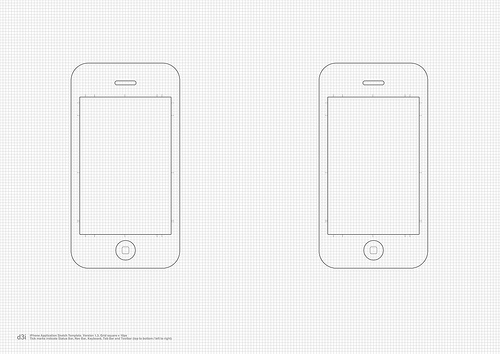This post analyses the business case for design using the fundamentals of micro-economics and financial accounting.
Let’s run through how you (as a product development professional) can use the language of economics and finance to articulate the return on investment of design expenditure. In particular, in the areas of brand, product and process. You can also look at how to articulate the business wide impact of incorporating design thinking into your company’s vision, culture and strategy.
We can use a USD$100,000 engagement with an external product design and innovation firm as an example. The aim of this project will be to develop a product that anticipates latent needs, delights end-users and delivers an integrated holistic experience. However before you or your external product designers get to any of that you’ll need to get past your CEO, senior management team, CFO and their corporate finance team. We’ll address the CEO first.
Economic returns from investing in design
The key levers available to your firm’s senior management include the price, quantity, variable costs and fixed costs of your business. To convince the CEO and senior management team of the benefit of the project you’ll want to address the real life impact of the project in each of these areas. You will need to convince them that with the aid of a disciplined approach to NPD and an empathetic approach to design, your project will create a product that:
- Commands a higher price because it is differentiated from your competition.
- Sells a higher quantity because it provides more utility to the customer.
- Can be produced with lower variable cost.
- Is designed to allow for lower fixed costs.
Each of these economic levers contributes to the ultimate goal of your CEO which is usually some variation on creating a sustained and differentiated high margin revenue stream.
You will need to have command of the above financial terms and be able to structure your business case accordingly. The attention span of senior management teams is shortening and a good summary (in terms they understand) is important.
The internal finance team will have their own requirements for your project so speaking their language can help increase you chances of getting a project approved.






